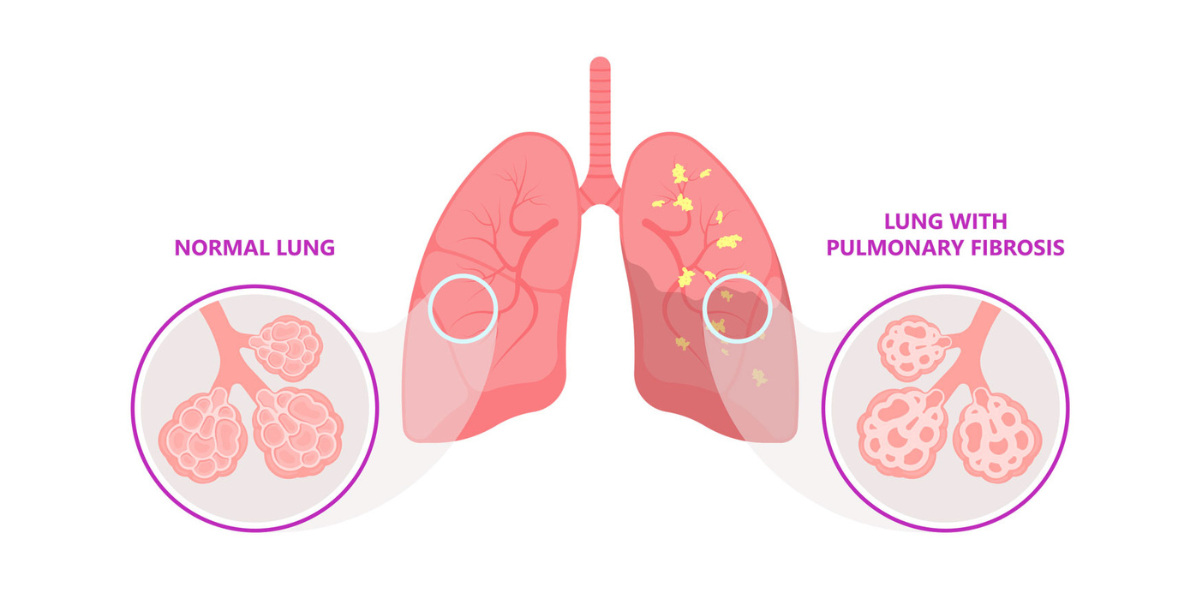Interstitial Lung Disease (Lung Fibrosis)
Interstitial Lung Disease (ILD), often referred to as lung fibrosis, is a group of lung disorders that cause scarring (fibrosis) in the lung tissue. This scarring thickens the walls of the lungs, making it harder for oxygen to pass into the bloodstream. Over time, this can lead to difficulty breathing, chronic cough, and decreased oxygen levels in the blood.
The exact cause of ILD can vary; it may be triggered by long-term exposure to harmful substances like asbestos or silica, certain medications, autoimmune diseases, or infections. In many cases, however, the cause remains unknown, which is referred to as idiopathic pulmonary fibrosis (IPF). Symptoms often develop gradually, and because they can be mistaken for other conditions, ILD is sometimes challenging to diagnose without specialized tests like high-resolution CT scans or lung biopsies.
Managing ILD involves addressing the underlying cause when possible, reducing exposure to lung irritants, and using medications to slow down the progression of the disease. Oxygen therapy and pulmonary rehabilitation can also help improve breathing and quality of life. While there is no cure for lung fibrosis, early diagnosis and proper management can help control symptoms and slow the disease's progression.


